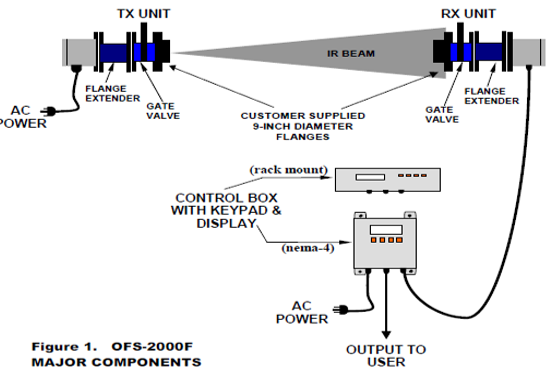Flow Measurement Processes are Necessary for Enhanced Quality and Control

Measuring the flow of atmospheric turbulence, wind pressure, and precipitation should be quality-sensitive and control-oriented. A proper balance between the day-to-day atmospheric changes can’t be established if this doesn't happen. Through this, playing with efficiency and consistency doesn’t appear a tough nut to crack. Are you or your Gaithersburg friends confused about whether the process flow measurement techniques are helpful here? This blog explains their impact in real-time and how they are honest in following industry standards. Industry-oriented and functional Guiding the people working in the engineering team and pressure and wind control departments demands a strong focus on industry standards. To achieve this, a visual representation of the non-contact flow sensor workflow and the associated tasks adds magic in the form of subsets supporting OSI computing standards. After this, giving a tough fight to the business competitors appears more confident...
